The eccentric tale of Gustave Eiffel and his Tower
The Eiffel Tower, as it turns out, is far more than just the most iconic tourist attraction in the world. As the tallest structure ever built by man at the time – and holder of the record "tallest man-made structure in the world" for 41 years, following its completion in 1889 – it was a revolutionary feat of structural engineering. It was also highly controversial – deeply unpopular, one might even say – with some of the most prominent Parisians of the day fiercely protesting against its "monstruous" form. And Gustave Eiffel, its creator, was brilliant, ambitious, eccentric, and thick-skinned.
From reading the wonderful epic novel Paris, by Edward Rutherford, I learned some facts about Gustave Eiffel's life, and about the Eiffel Tower's original conception, its construction, and its first few decades as the exclamation mark of the Paris skyline, that both surprised and intrigued me. Allow me to share these tidbits of history in this here humble article.
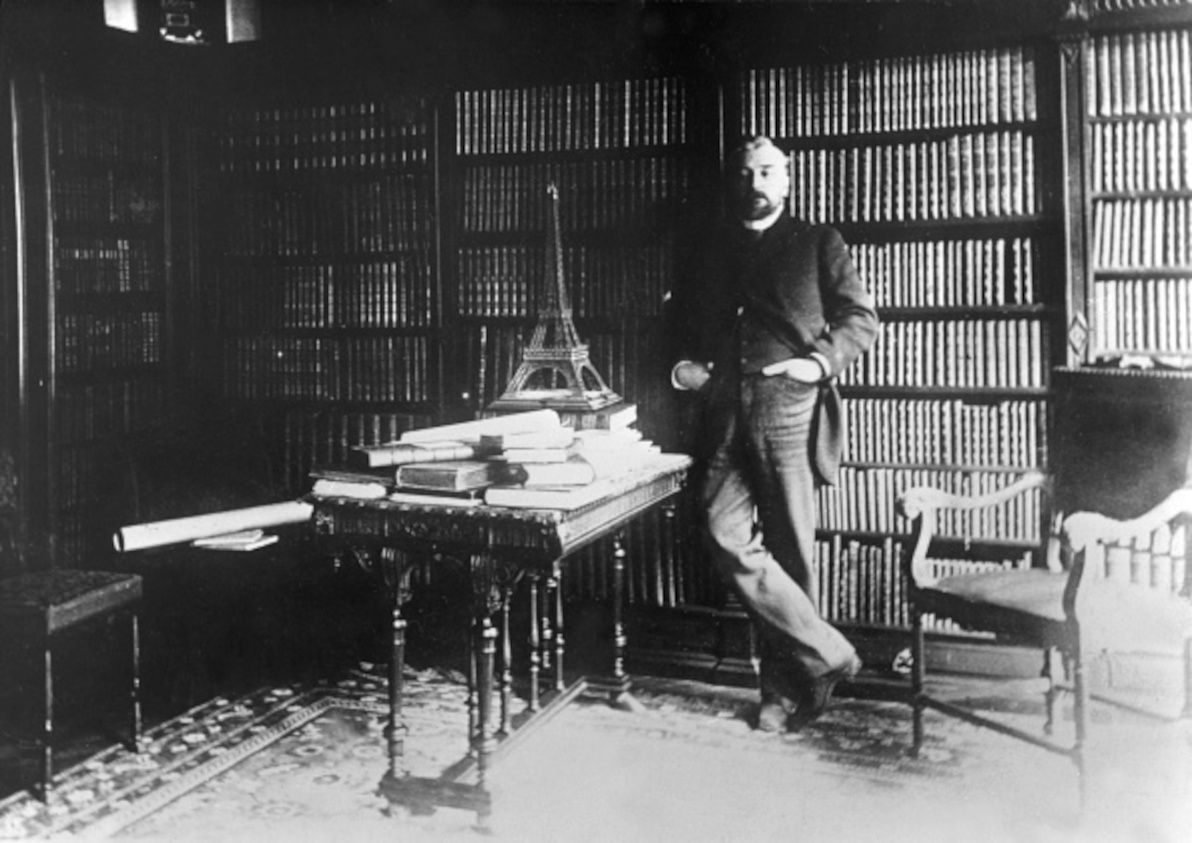
Image source: domain.com.au.
To begin with, the Eiffel Tower was not designed by Gustave Eiffel. The original idea and the first drafts of the design were produced by one Maurice Koechlin, who worked at Eiffel's firm. The same is true of Eiffel's other great claim to fame, the Statue of Liberty (which he built just before the Tower): after Eiffel's firm took over the project of building the statue, it was Koechlin who came up with Liberty's ingenious inner iron truss skeleton, and outer copper "skin", that makes her highly wind-resistant in the midst of blustery New York Harbour. It was a similar story for the Garabit Viaduct, and various other projects: although Eiffel himself was a highly capable engineer, it was Koechlin who was the mastermind, while Eiffel was the salesman and the celebrity.
Eiffel, and his colleagues Maurice Koechlin and Émile Nouguier, were engineers, not designers. In particular, they were renowned bridge-builders of their time. As such, their tower design was all about the practicalities of wind resistance, thermal expansion, and material strength; the Tower's aesthetic qualities were secondary considerations, with architect Stephen Sauvestre only being invited to contribute an artistic touch (such as the arches on the Tower's base), after the initial drafts were completed.
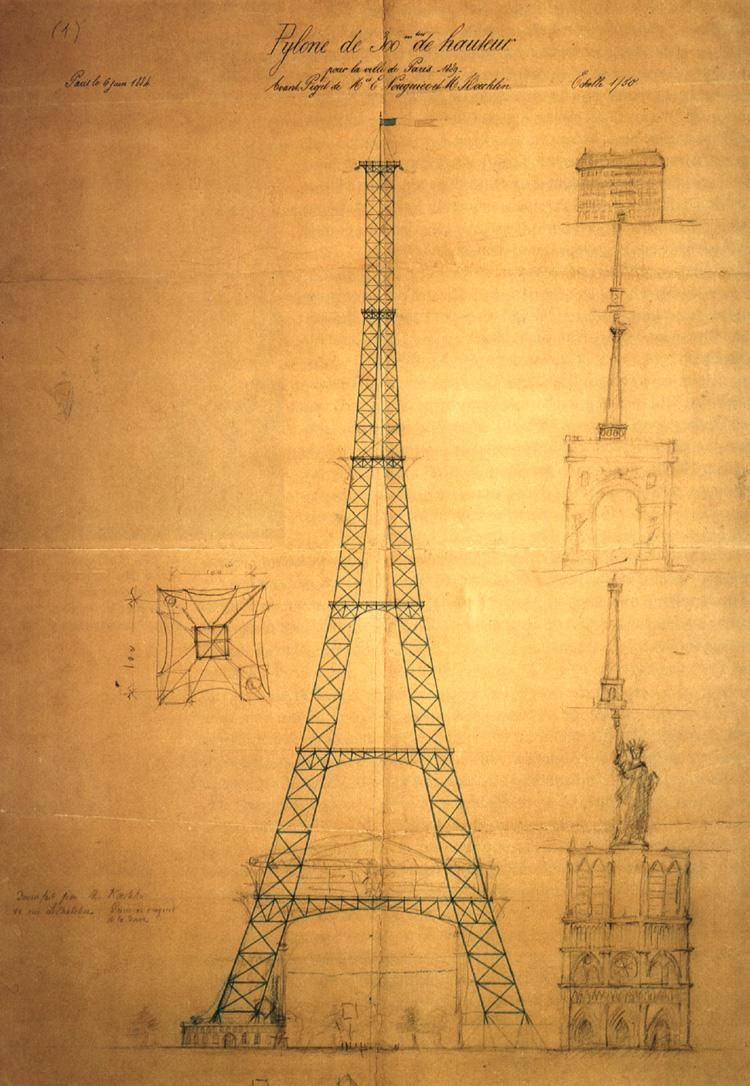
Image source: Wikimedia Commons.
The Eiffel Tower was built as the centrepiece of the 1889 Exposition Universelle in Paris, after winning the 1886 competition that was held to find a suitable design. However, after choosing it, the City of Paris then put forward only a small modicum of the estimated money needed to build it, rather than the Tower's full estimated budget. As such, Eiffel agreed to cover the remainder of the construction costs out of his own pocket, but only on the condition that he receive all commercial income from the Tower, for 20 years from the date of its inauguration. This proved to be much to Eiffel's advantage in the long-term, as the Tower's income just during the Exposition Universelle itself – i.e. just during the first six months of its operating life – more than covered Eiffel's out-of-pocket costs; and the Tower has consistently operated at a profit ever since.
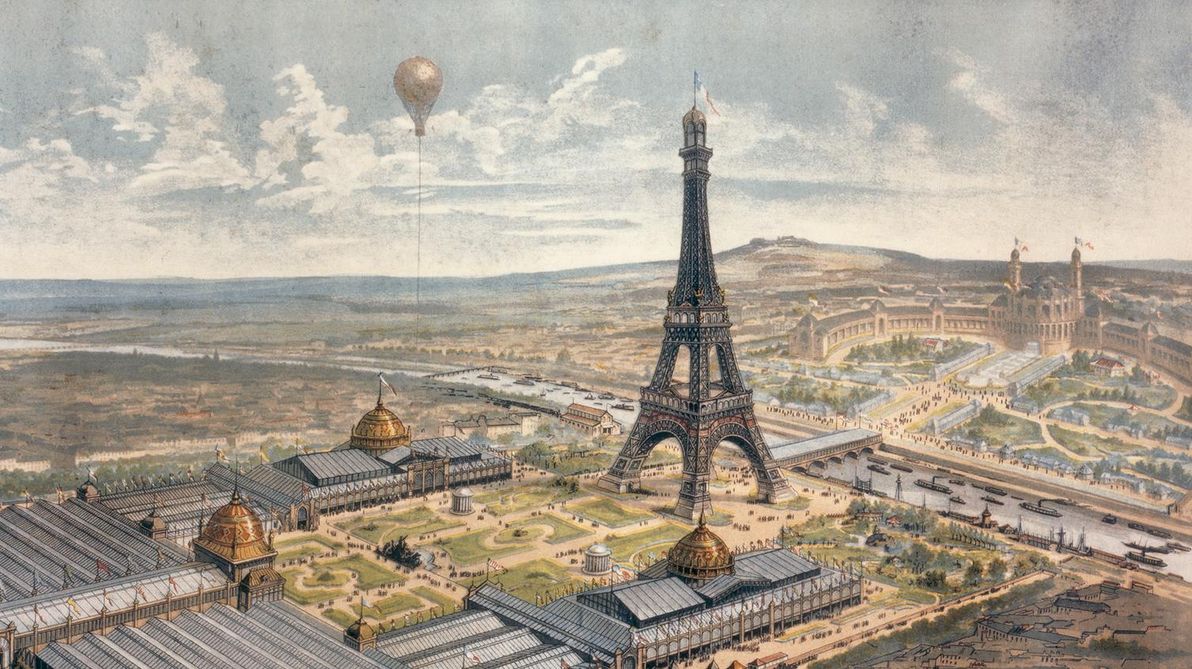
Image source: toureiffel.paris.
Pioneering construction projects of the 19th century (and, indeed, of all human history before then too) were, in general, hardly renowned for their occupational safety standards. I had always assumed that the building of the Eiffel Tower, which saw workmen reach more dizzying heights than ever before, had taken no small toll of lives. However, it just so happens that Gustave Eiffel was more than a mere engineer and a bourgeois, he was also a pioneer of safety: thanks to his insistence on the use of devices such as guard rails and movable stagings, the Eiffel Tower project amazingly saw only one fatality; and it wasn't even really a workplace accident, as the deceased, a workman named Angelo Scagliotti, climbed the tower while off duty, to impress his girlfriend, and sadly lost his footing.
The Tower's three levels, and its lifts and staircases, have always been accessible to the general public. However, something that not all visitors to the Tower may be aware of, is that near the summit of the Tower, just above the third level's viewing platform, sits what was originally Gustave Eiffel's private apartment. For the 20 years that he owned the rights to the Tower, Eiffel also enjoyed his own bachelor pad at the top! Eiffel reportedly received numerous requests to rent out the pad for a night, but he never did so, instead only inviting distinguished guests of his choosing, such as (no less than) Thomas Edison. The apartment is now open to the public as a museum. Still no word regarding when it will be listed on Airbnb; although another private apartment was more recently added lower down in the Tower and was rented out.
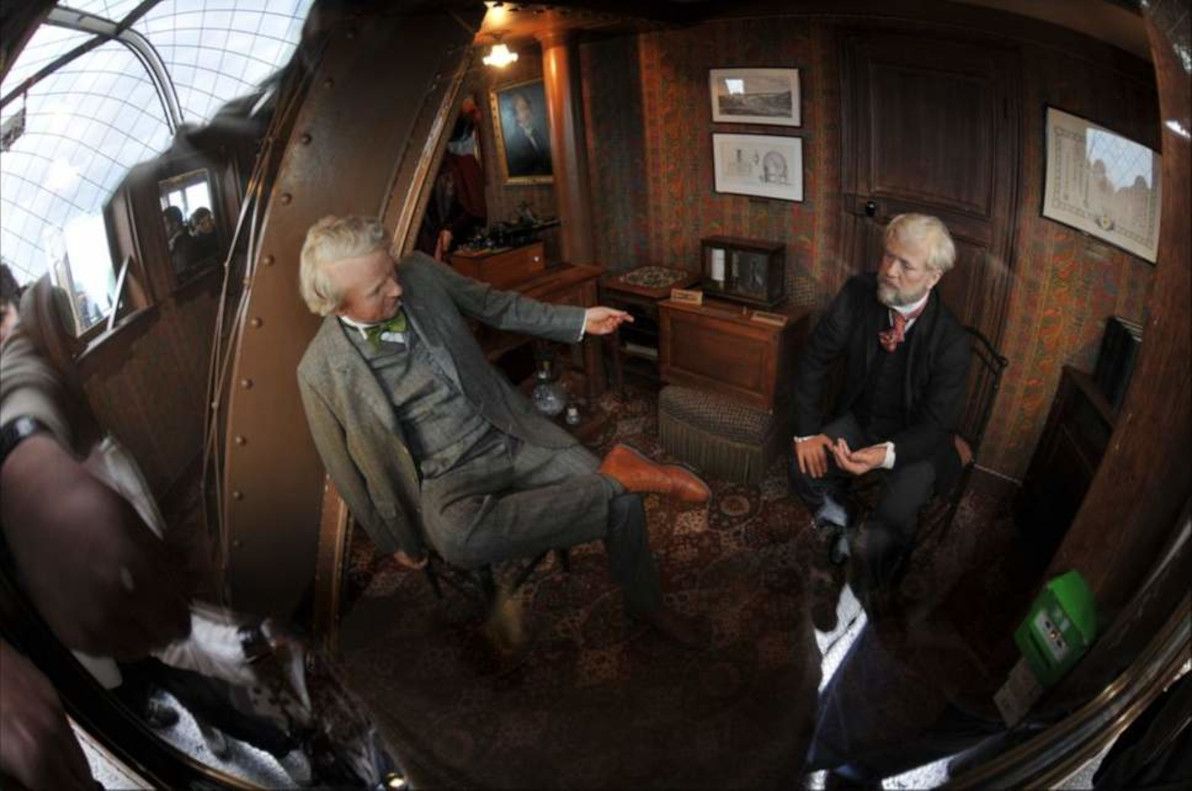
Image source: The Independent.
So why did Eiffel's contract for the rights to the Tower stipulate 20 years? Because the plan was, that after gracing the Paris cityscape for that many years, it was to be torn down! That's right, the Eiffel Tower – which today seems like such an invincible monument – was only ever meant to be a temporary structure. And what saved it? Was it that the City Government came to realise what a tremendous cash cow it could inherit? Was it that Parisians came to love and to admire what they had considered to be a detestable blight upon their elegant city? Not at all! The only thing that saved the Eiffel Tower was that, a few years prior to its scheduled doomsday, a little thing known as radio had been invented. The French military, who had started using the Tower as a radio antenna – realising that it was the best antenna in all of Paris, if not the world at that time – promptly declared the Tower vital to the defence of Paris, thus staving off the wrecking ball.
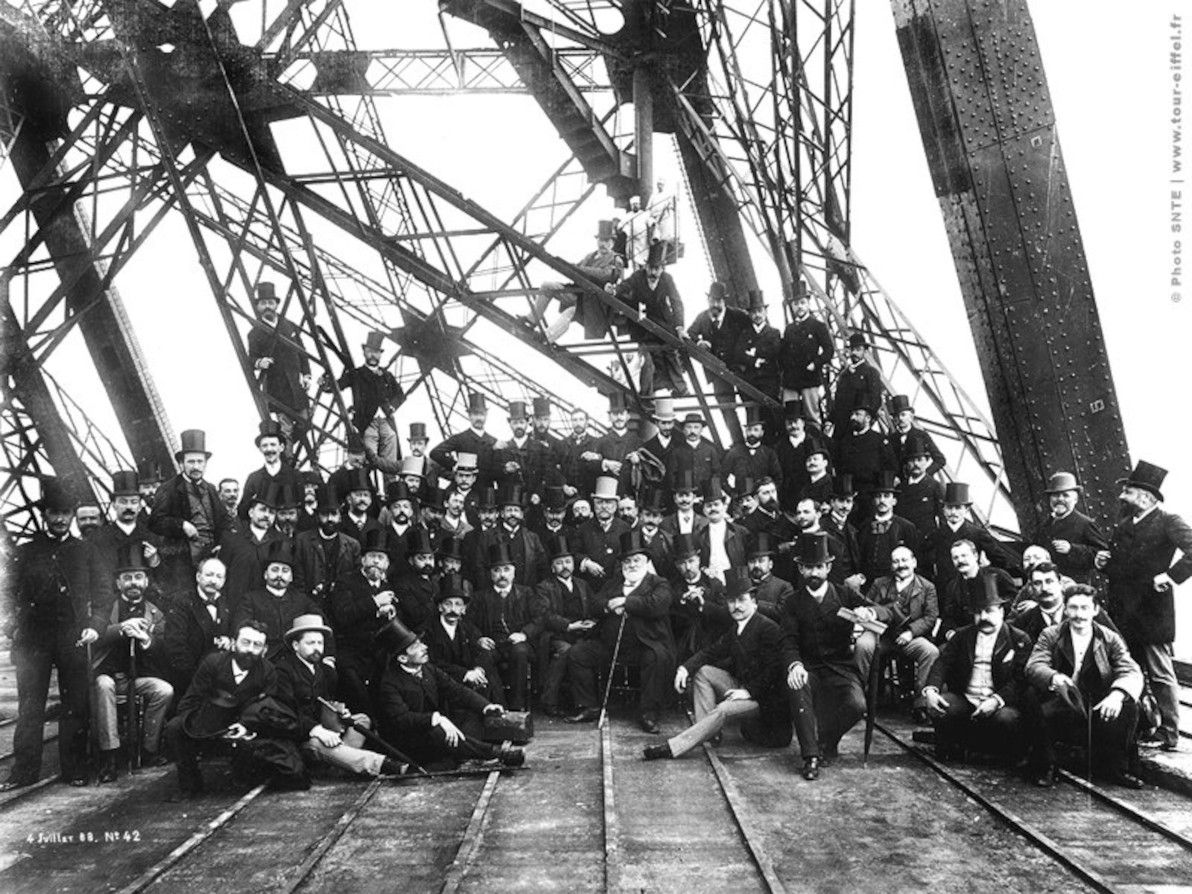
Image source: busy.org.
And the rest, as they say, is history. There are plenty more intriguing anecdotes about the Eiffel Tower, if you're interested in delving further. The Tower continued to have a colourful life, after the City of Paris relieved Eiffel of his rights to it in 1909, and after his death in 1923; and the story continues to this day. So, next time you have the good fortune of visiting La belle Paris, remember that there's much more to her tallest monument than just a fine view from the top.